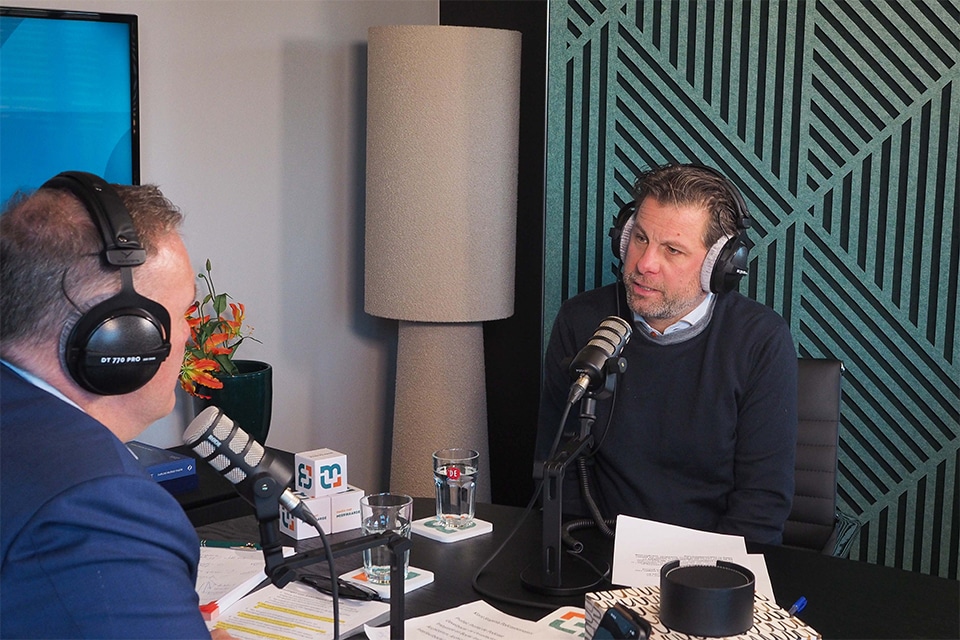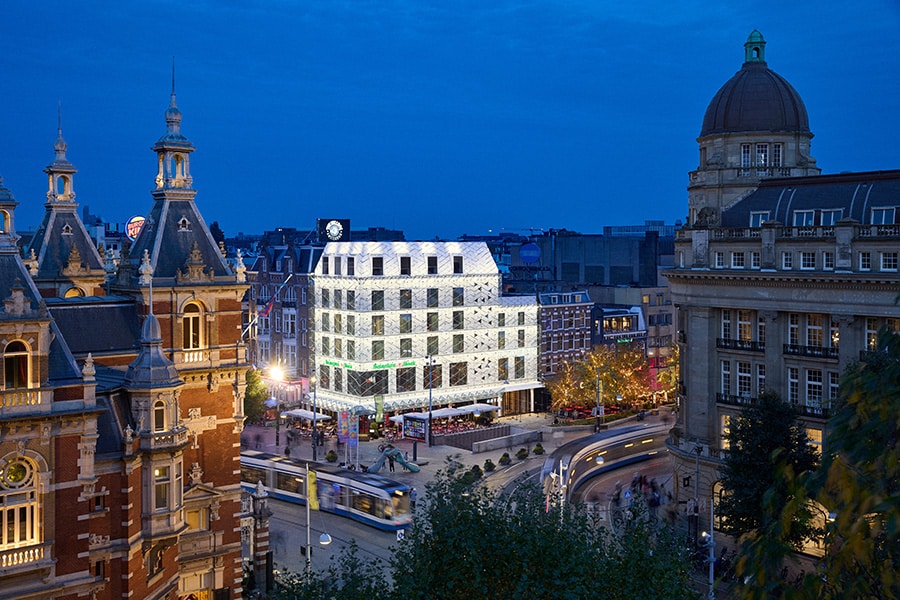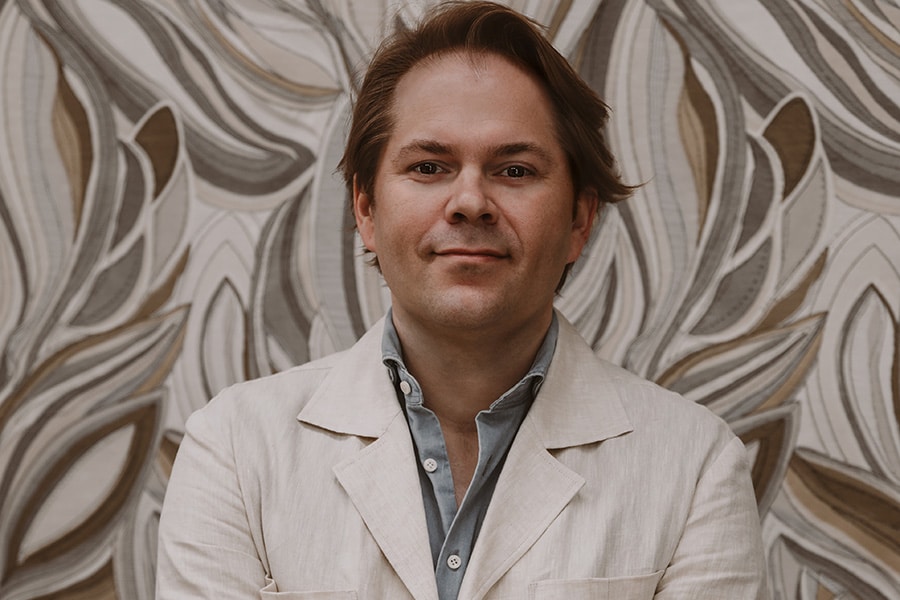
The Pen | Ir. Machiel van der Plas Managing director HERMON Erfgoed BV
The future of the past
The current situation in our society can be described with one key word: "Uncertainty. Very many people feel uncertain about their health, their work and the future for themselves and their children. Of course, there are very current reasons for this uncertainty. Now there is the corona crisis, earlier we faced the climate crisis and the banking crisis. However, our collective insecurity is also fueled by another phenomenon, something that has actually been slowly creeping into our self-image since the last and first century: a mechanized self-image (mechanistic materialism). An image in which we describe and compare ourselves to machines, in which our behavior and all our physiological functions are a simple consequence of scientifically traceable laws. In this, feelings, such as the feeling of "insecurity," do not actually fit. We have even relegated some feelings, such as intuition, to the realm of pseudoscience. Religion has been slowly abolished and praying no longer helps.
'A listed building is sustainable by definition'
Things that actually give us a sense of "security," such as traditions or ingrained patterns and rituals, are slowly disappearing. Our government is not really helping in this regard either... We talk about sustainability, but sometimes forget its definition. Something that is sustainable has existed for a long time with lasting utility. That gives confidence and offers ... security! It is precisely on these points that it is interesting to look at monuments within the field of architecture and engineering.
A monumental building is sustainable by definition due to its long life span. Incidentally, this hardly translates into government programs. It is still easier to get permits or subsidies for solar panels than for the restoration or repurposing of a monument. Even banks that value sustainability highly do not give sustainability discounts when providing loans for monumental projects. Unless something involving heat pumps, insulation materials or the aforementioned solar panels is used in them. Our definition of sustainability has apparently narrowed down to addressing renewable energy sources to a greater or lesser extent.
A monumental building as a 'healing environment'
When it comes to the feeling of security, there is no doubt that -because of their long presence- monuments are anchor points that connect us to our past. The recognition of these in our streetscape gives peace and security. Monumental buildings therefore have not only a functional but also a psychological purpose. Working or living in a monumental building also provides a sense of peace and security. Despite squeaky stairs and "natural ventilation," monuments are almost never "sick-buildings. Rather the opposite. Research shows that monuments often qualify as "healing environments.
This brings me to the most salient feature of monuments. How come we actually like monuments? And why is it that, when we describe monuments, we only get an enumeration of architectural jargon? (See also the register of monuments for this.) Why is it that monument commissions often focus primarily on preserving monuments as if they were stuffed museum pieces, without new life or new functions? And why is it that we cannot give words to what really fascinates us? That's where our mechanized self-image comes in, in which we can hardly describe or encompass beauty anymore. We still feel that we like wine from a crystal glass better than from a plastic cup but we can no longer explain why... After all, it is the same wine? That has been scientifically established.
I believe very much in the future of the past. I see around me that people are slowly adjusting their sense of sustainability. Seeking peace in the chaos, listening to their feelings and rediscovering the value of attention and craft. Attention that is in the stones, that is in the wood, in ornaments, in glass and that you feel when you are surrounded by it. A monumental building is alive and makes you feel alive. I myself work and live in centuries-old buildings. Buildings that embrace me like a warm blanket. And no, I don't have solar panels.




